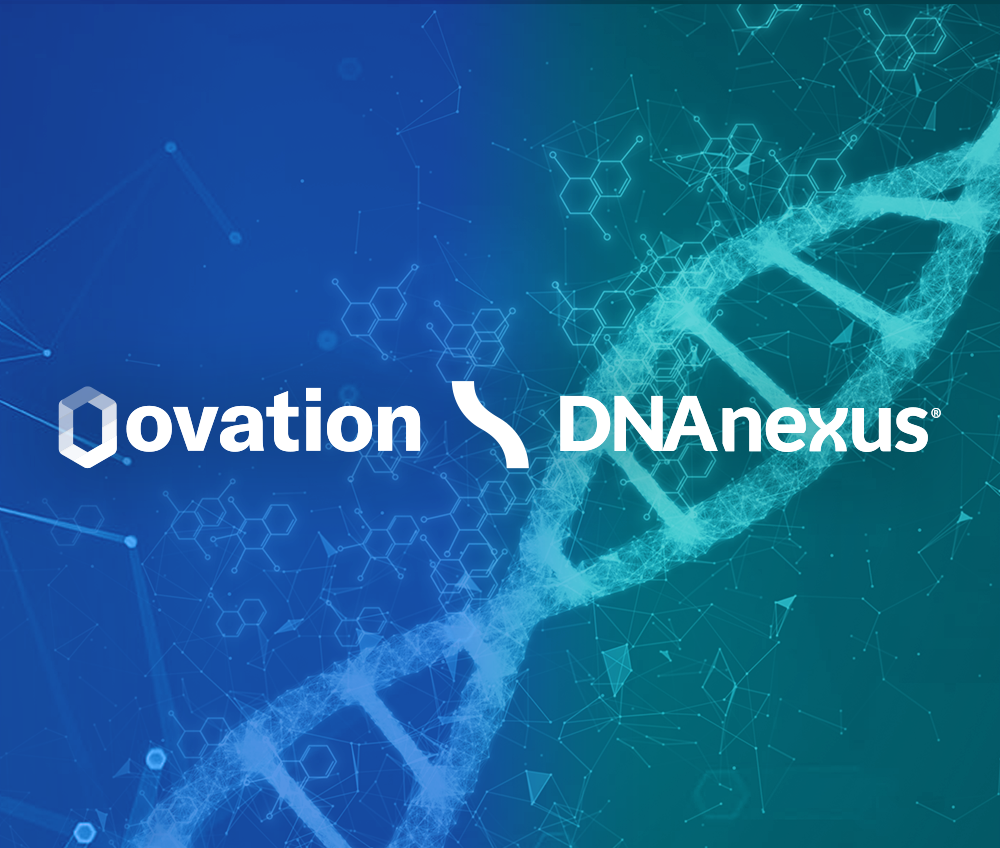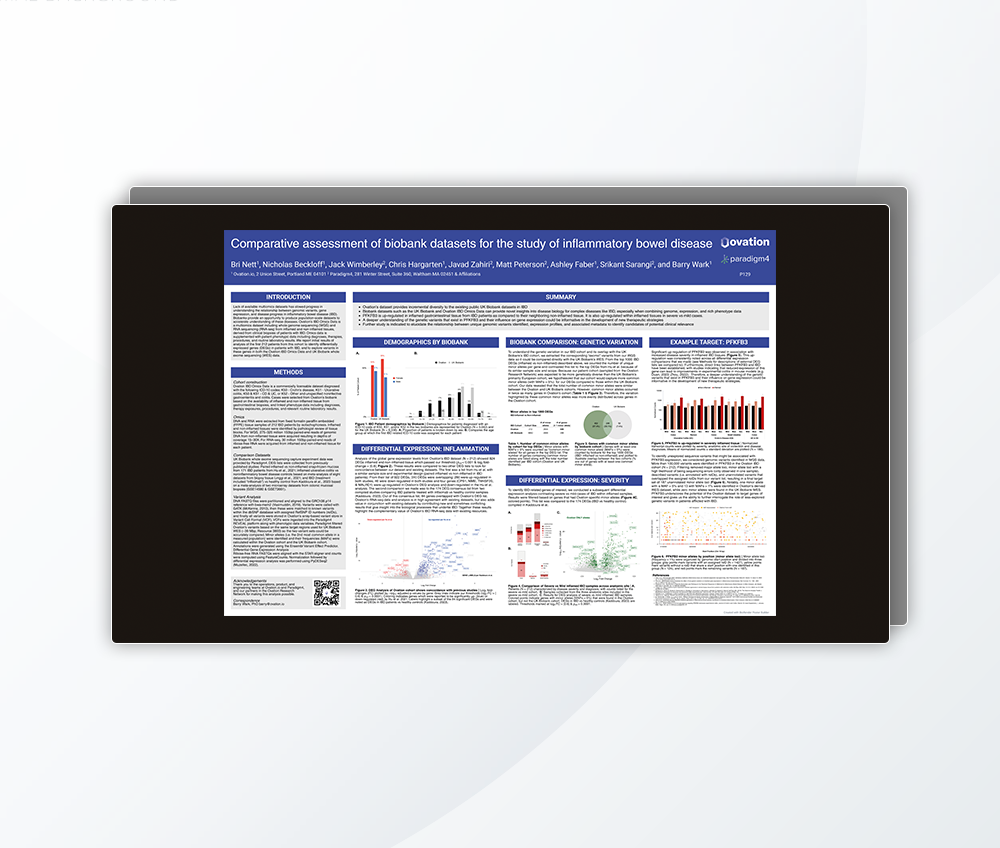In part 1 of our 3-part Standard Operating Procedures for CLIA compliance series, we concluded with SOPs for personnel training. In part 2, it’s time to unpack how to meet specific quality and safety standards as well as complete laboratory validation studies.
DISCLAIMER: These recommendations and template standard operating procedures are intended to be used for general purposes only. You should not rely upon the information in this eBook as a basis for making business, legal, or any other decisions. While we endeavor to provide the most accurate and updated information, Ovation.io makes no representations or warranties of any kind, express or implied about the completeness, accuracy, reliability, suitability, or availability with respect to this eBook for any purpose. This is not an all-encompassing guide to CLIA compliance. Any reliance you place on such material is therefore strictly at your own risk.
How do you ensure the quality and safety standards in your lab meet CLIA standards?
CLIA-compliant labs know that they must adhere to specific quality assurance and validation studies standards to maintain accreditation. Not only do these additional steps maintain lab compliance, but they can also minimize room for human error—vital for laboratory success and building trust with providers. Before you prepare for applying for your CLIA certificate or accreditation, your team should have the following policies in place.
- QUALITY POLICY: Preventative maintenance and calibration of instrumentation
- Installation Quality/Operational Quality
- Daily, Weekly, Monthly, Semi-Annually, Annually for each instrument including pipettors
- Reconcile with manufacturers’ specifications, if operating outside of manufacturer’s ranges, validation studies must be performed to extend ranges to show that there is no decrement of performance
- QUALITY POLICY: Instrument calibration of all instruments for equivalency in performance every 6 months with a low, moderate, and high copy number of all channels used for detection
- SAFETY POLICY: Chemical and reagent inventory and chemical hygiene
- SAFETY POLICY:
- Weekly safety walkthroughs documented
- Emergency drills – evacuation, meeting points, communication policies, etc.
- Emergency incidents or any harm to personnel
Additionally, we recommend your team create specific security and access policies. You can read more about those policies in the full version of this eBook, here.
What does CLIA look for in laboratory validation studies?
According to CLIA guidelines “The Technical Consultant/Technical Supervisor or Laboratory Director are responsible for ensuring the procedure used for verifying the performance specifications is adequate, as well as evaluating the results generated during the verification process.”
To note, it is imperative that your lab compares the performance of the test system in your laboratory with the standards established by CLIA, as well as the manufacturer. This includes the following performance characteristics:
- Accuracy
- Precision
- Reportable range
- Reference intervals/range (normal values) for the laboratory’s patient population
You’ll need to create the following validation studies to prove consistent results and achieve CLIA accreditation. Remember, the more complex your tests are, the more stringent the validation studies required by CLIA become.
- VALIDATION STUDIES:
- Optimizing your assay/test
- Determining the Limit of Detection (LOD
- An appendix that organizes the raw data from all validation studies
As you continue to prepare your laboratory and laboratory staff for meeting CLIA standards and achieving accreditation, you can use the following list to ensure success under the scrutiny of a CDPHE onsite inspection/survey. Please note that this list does not include forms, logs, and work records that result from the execution of these SOPs and Policies but are required. In some cases, no reorganization or revision is needed. The set of SOPs for manufacturing the kit requires little editorial work.
What’s the difference between pre-analytic, analytic, and post-analytic phases?
- The pre-analytic testing phase occurs first and may include specimen handling issues that occur even before the time the specimen is received by the lab. But because errors with specimen handling and identification can occur in this phase, lab staff must be diligent to avoid allowing errors to funnel into the lab process.
- The second phase is the analytic phase. This includes the diagnostic procedures, processes, and products that ultimately provide final results.
- Finally, the post-analytic phase is last and leads to the production of a final result, value, or in histology, a diagnostic pathology report.
As you create lab training and procedures, be sure to keep each distinct phase in mind. We’ve separated them to ensure each piece receives the individual attention needed for CLIA compliance.
Standard Operating Procedures organized according to CLIA requirements:
We’ve laid out the beginning of the SOPs that your lab will need in order of their CLIA requirements. Begin your documentation work with pre-analytic systems.
- 42 CFR § 493.1240 – 1241; 1242 and other associated sections: Pre-analytic Systems require the following organization to parallel the specimen journey. SOPs include:
- Manufacture of specimen kits/tubes for collection
- Specimen Collection of Saliva TwoStep:
- Instructions and training of personnel at the point of collection
- Accessioning operations to initiate Chain of Custody and procedures for checking specimen integrity, specimen type, and completeness of patient demographics in test requisitions and for communication of specimen rejection to allow for timely recollection.
- QUALITY POLICY: Only specimens that pass Specimen acceptance should go through to the Analytic processing:
- SOP: Instructions for use of the LIMS
After completing the previous steps, there are additional SOPs and policies required for the analytic, and post-analytic phases. Be sure to download the full “Standard Operating Procedures for CLIA Compliance” eBook to complete your SOP documentation journey. And if you have questions, reach out to sales@ovation.io for help furthering your lab’s growth with a LIMS.



